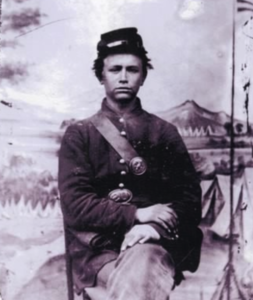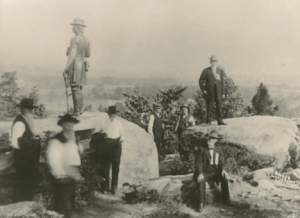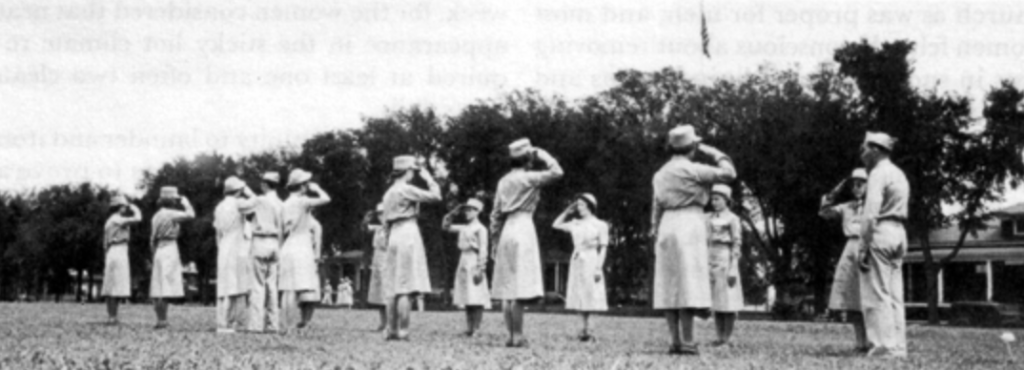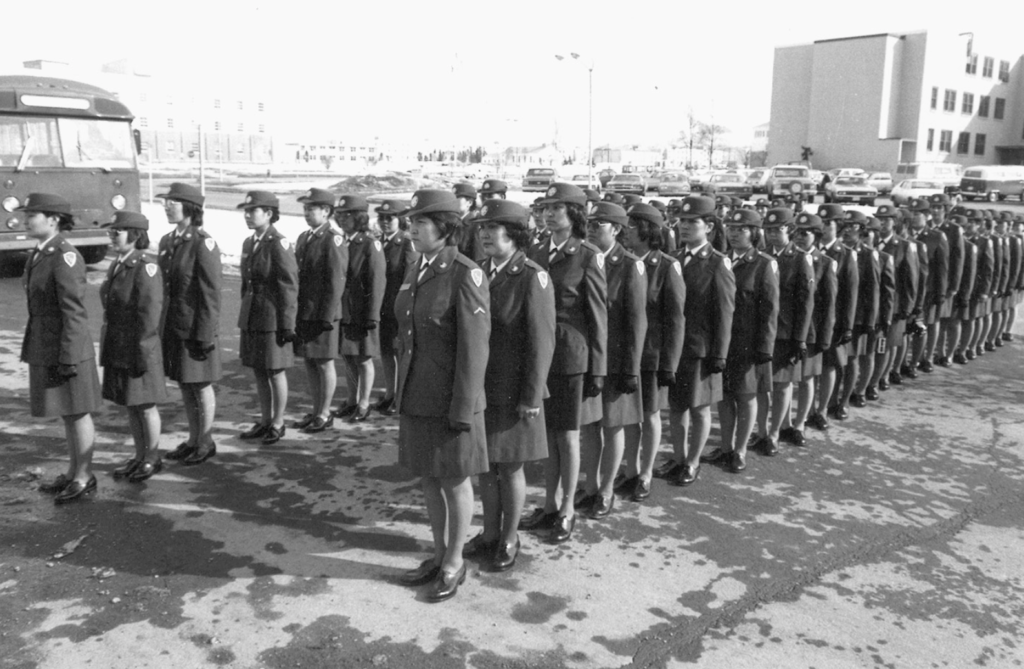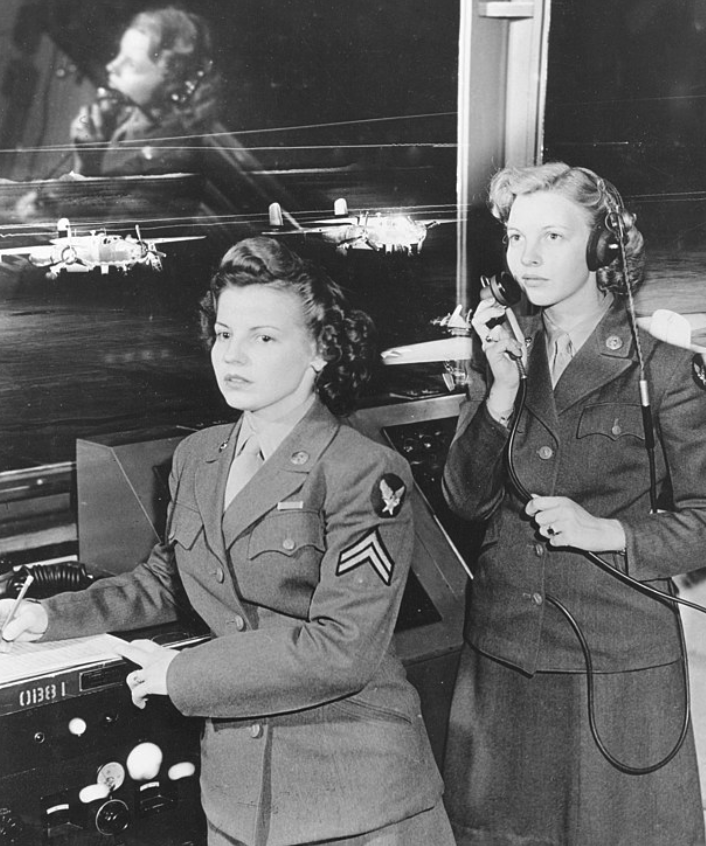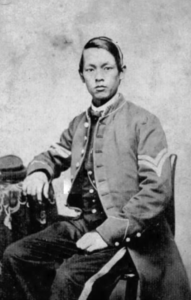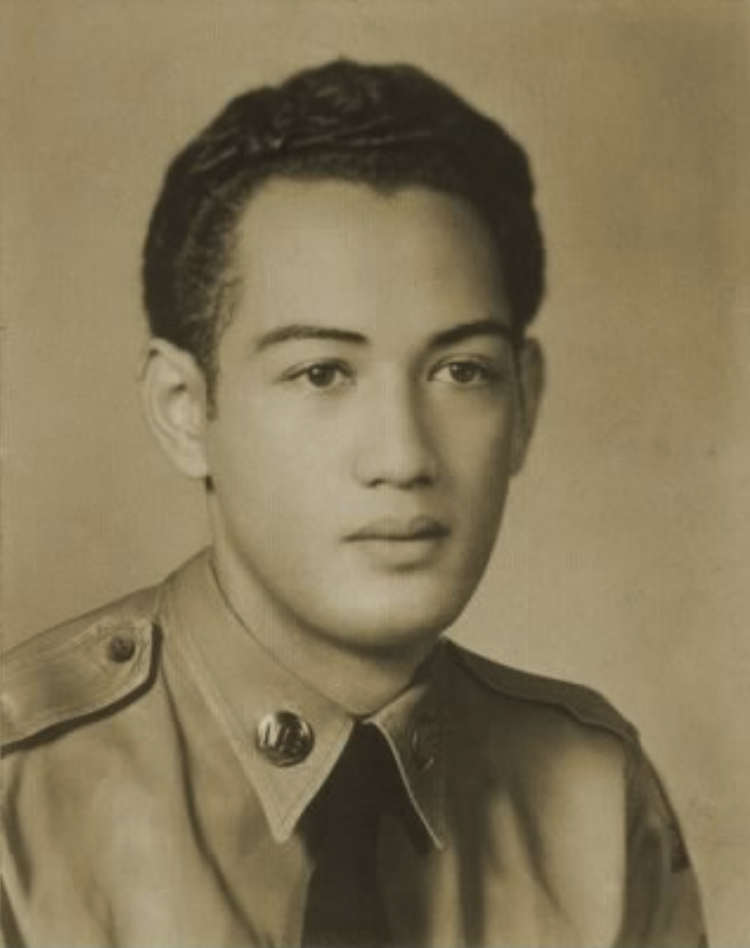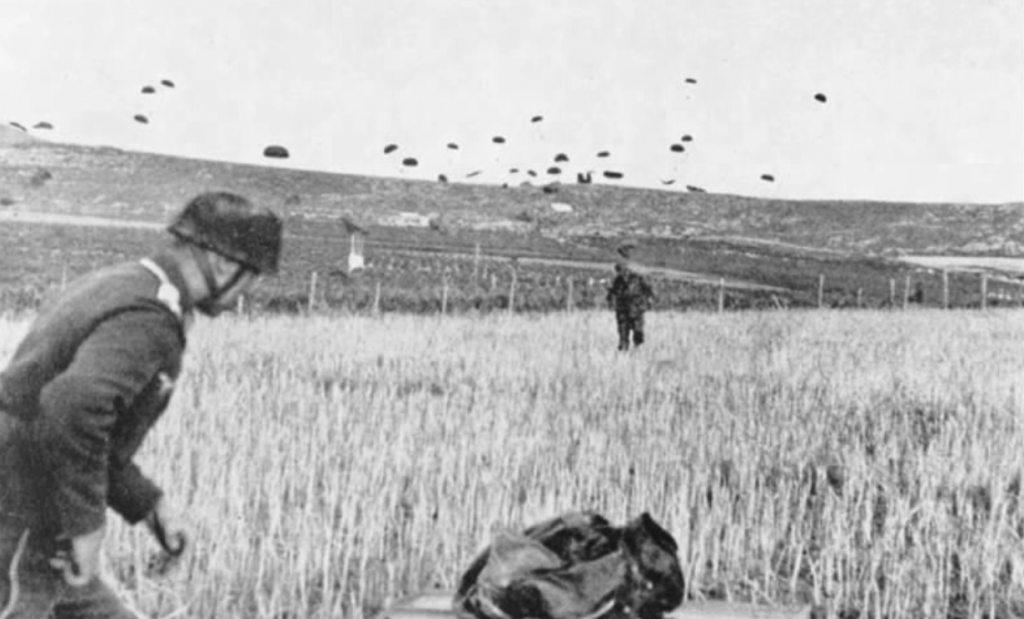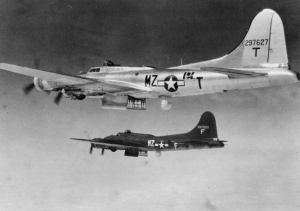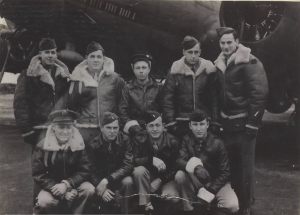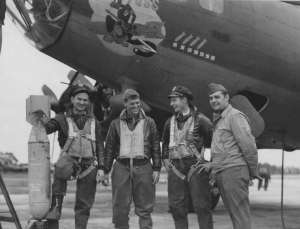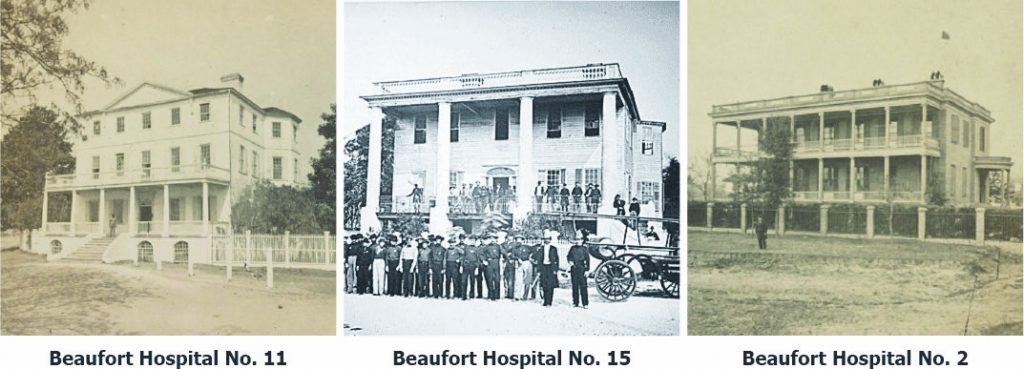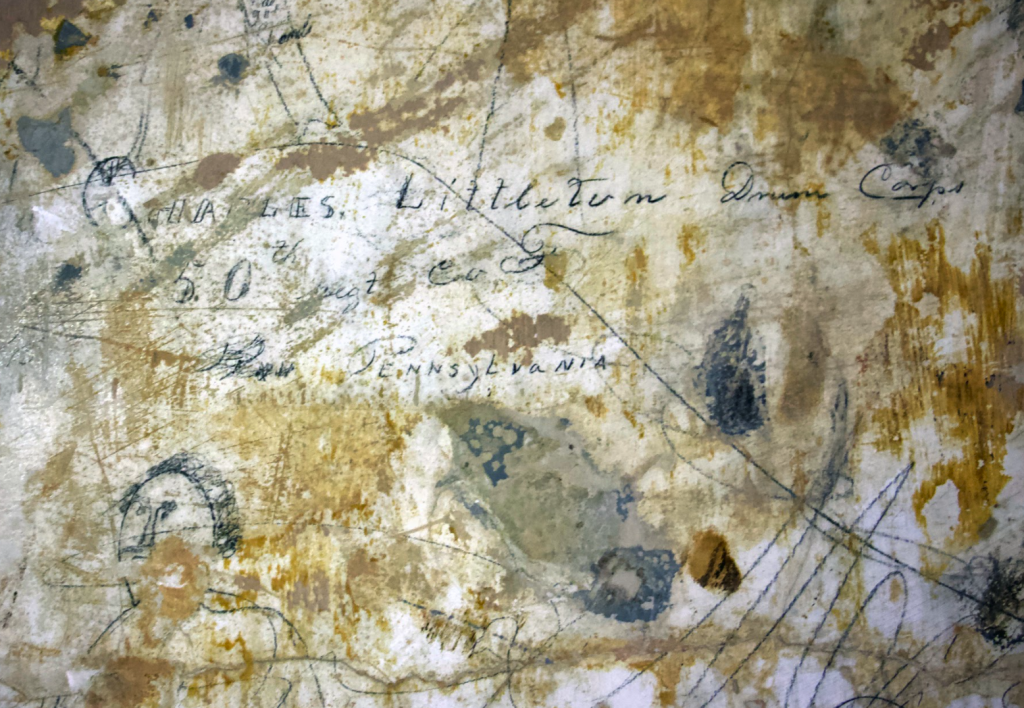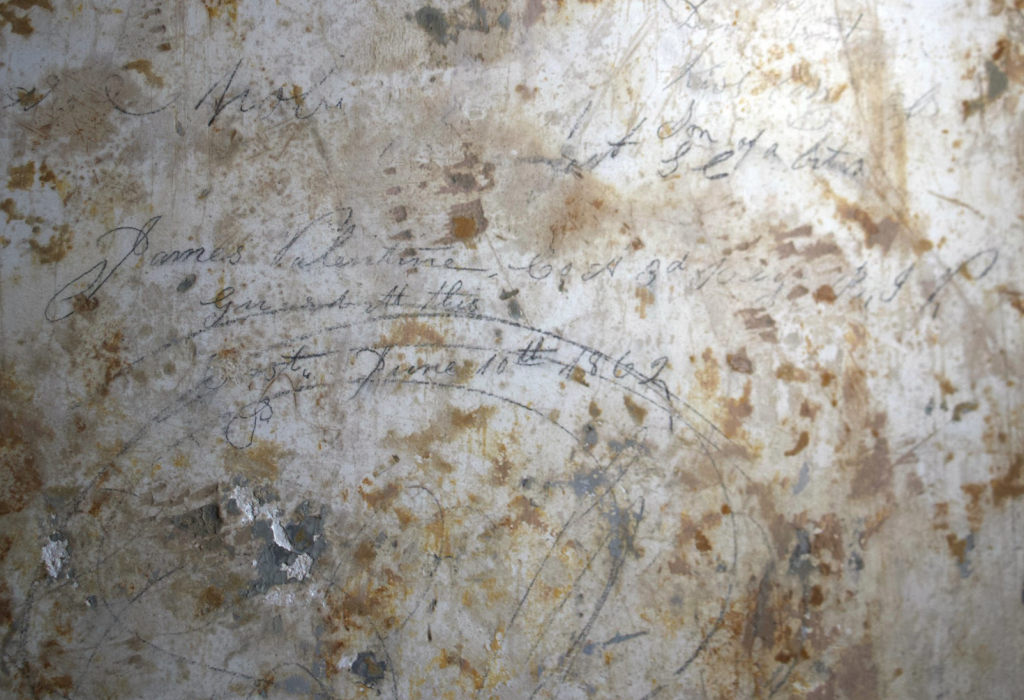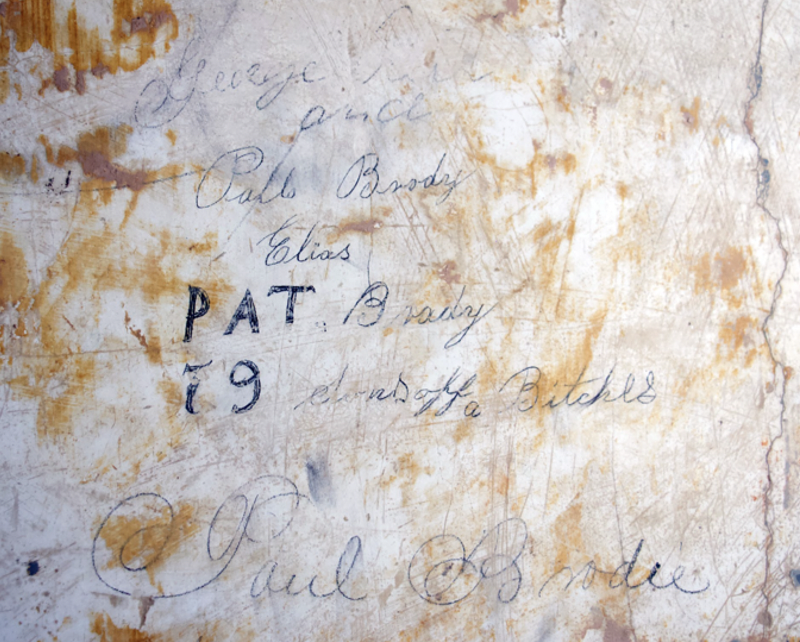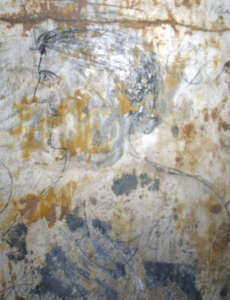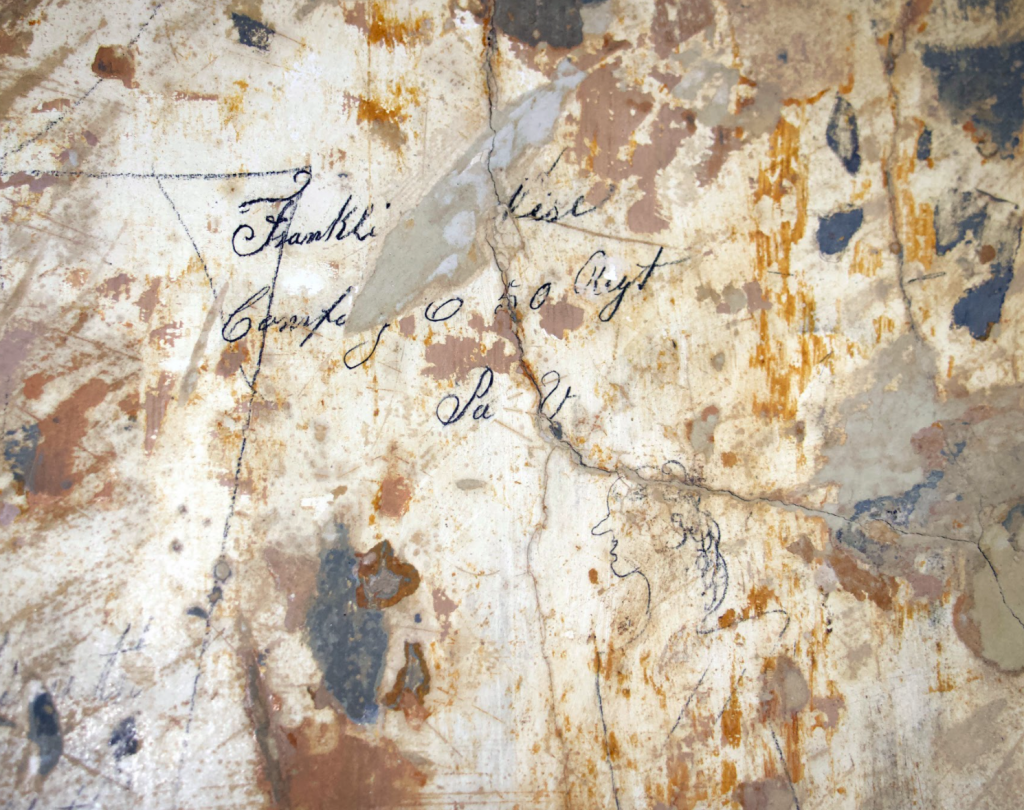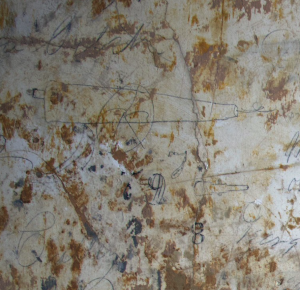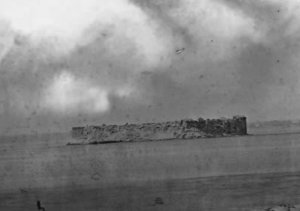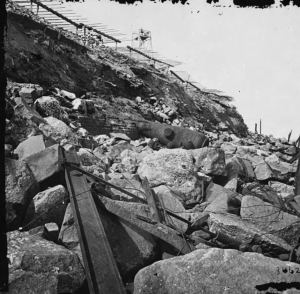The Battle of Gettysburg was the bloodiest battle of the Civil War. With more than 50,000 casualties, it represented a turning point in the Civil War and ended Confederate Gen. Robert E. Lee’s second attempt to invade the North. This coming July, in conjunction with the 158th anniversary of the Battle of Gettysburg, we are partnering with the American Battlefield Trust to tour the Gettysburg battlefield and share stories about the soldiers who were there. We invite you to join us for this unprecedented event as we live stream from Gettysburg on July 1-3, 2021.
Do you have an ancestor that fought at Gettysburg? This pivotal battle impacted soldiers, their families, and the communities they hailed from for generations. Regiments were often raised in towns; it was common for brothers, cousins, and even fathers and sons to serve in the same regiment. Thus, when a unit experienced heavy battle casualties, the impact back home was tremendous.
Archibald N. Euwer was born November 22, 1843. After hearing a rousing call for volunteers at a town meeting, Euwer enlisted in the Pennsylvania 155th Infantry Regiment, Company C, in 1862. Not long after his regiment marched off to war, Pvt. Euwer wrote home to his brother. His letter conveyed a hint of adventure and excitement, “I have been very much pleased with my trip,” and “I have liked it very well so far.” Less than two weeks later, the 155th fought at the Battle of Antietam. The carnage and death shocked Euwer, who must have quickly realized his service would be much more than just an adventure.
The following summer, the 155th, now battle-weary and tired, arrived at Gettysburg. Union and Confederate troops had already been fighting for one terrible day. On July 2, 1863, Euwer, who was now a Color-Corporal, ascended a rocky hill at Gettysburg now known as Little Round Top. The view from the top came with a strategic advantage and fighting to control the hill was fierce. Men from the 155th struggled to help haul cannons to the summit and then stood ready for battle, as firm as the boulders around them. Wave after wave of Confederate soldiers tried to gain the hill’s summit, to no avail. The Pennsylvanians then gathered rocks on the hill and constructed stone walls for defense from Confederate marksmen, tucked among the boulders in an area known as the Devil’s Den. Bombardment and fighting flared throughout the vicinity and into the early evening. As darkness fell, the sounds of battle subsided, and the cries of wounded soldiers filled the air. Euwer bedded down for the night amidst the rocks and boulders.
The following morning brought continued fighting and a culminating assault by Confederates at Cemetery Ridge known as Pickett’s Charge. The attack resulted in heavy Confederate losses. Meanwhile, Euwer and others at Little Round Top saw the distant fighting and along with 10,000 others cheered the repulse of Pickett’s Charge. Their joy was short-lived as they surveyed the scene around them. The battlefield was awash with the dead and dying. The 155th lost six men killed at Gettysburg, with 13 wounded. Euwer survived, and according to family legend, ruined his teeth at Gettysburg by constantly using them to tear open packets of powder to load his musket.
Shortly after the war ended, Euwer moved to Iowa where he married and started a family. Years later, at a meeting of the Blue and Gray, he returned to Gettysburg. He was photographed on the rock where he said he’d fought so many years before. Archibald N. Euwer died in 1924 at age 81.
This is just one of the scores of stories we’ll bring to you from Gettysburg as we walk in the footsteps of your ancestors. Plus, expect artifacts from the battle, access to restricted sites, and special guests to boot! We’re looking forward to learning more about Gettysburg in the upcoming weeks. We’ve invited the experts at American Battlefield Trust to share more about the battle in a guest blog post at the end of the month. We also invite you to submit your ancestor’s Gettysburg story here for a chance to be featured during our live stream event. To see more records, Memorials, and photographs related to the Battle of Gettysburg, search Fold3® today.
